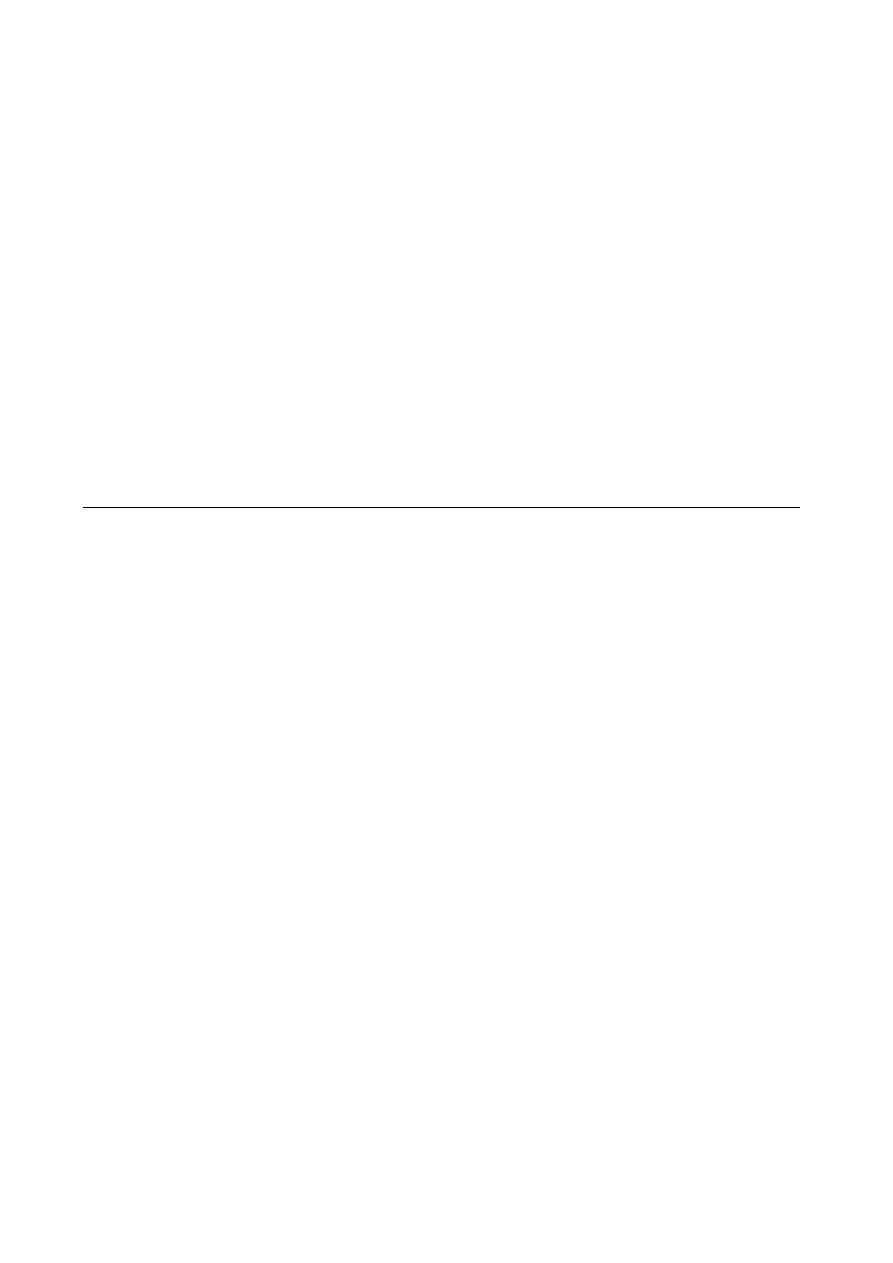
1
L2 Hirsutism D. Marwa
Defined as male pattern hair growth in female as a result of increase androgen production
or increase skin sensitivity to circulating androgen. Hirsutism must be differentiated from
hypertrichosis which is generalize non-sexual hair growth that may be hereditary or due to
varies medication or malignancy.
It important to recognize that hirsutism is not diagnosis but it is manifestation of spectrum
of abnormalities .so careful search for underlying cause is essential.
Incidence
It is difficult to state exactly the prevalence of hirsutism but higher in African or
Mediterranean origin
Female androgen and hair growth
Female androgen s are produce by two sources ( the ovaries and adrenal glands ). The
ovary produce testosterone and androstenodione while adrenal produce androstenodione
and dehydroepiandrosterone DHEA. Testosterone in ovary produce by theca cell under
the effect of LH and insulin acting through IGH1. Testosterone is then converted by
granulosa cell to estradiol. This transition is vital to normal ovulation and ovarian function
.In condition like PCOS where this process disturbed there is relative increase in ovarian
androgen production.
So Hirsutism can be cause d by any of following disturbances:
Increase production of adrenal or ovarian androgen like Cushing syndrome, adrenal
hyperplasia and androgen producing tumor.
increase in free fraction of testosterone due to decrease in SHBG in women with
PCOS
increase in local activity of 5&reductase like women with PCOS
Iatrogenic hirsutism due to administration of medication like danazol ,androgen
,sodium valproate and anabolic steroid.
Clinical assessment
History
o The severity and duration of hirsutism as well as presence of other symptoms
of virilisation .
o Associated menstrual disturbances or infertility
Related medical conditions *
Medications*
Examination

2
Evaluation the severity of hirsutism by Ferriman –Gallwey scoring system.
Investigation
Testosterone level
Testosterone level correlated poorly with severity of symptoms due to variation in follicle
response .measurement of free androgen index is useful since it reflect changes in SHBG
and testosterone.
Base line 17 –Oh progesterone
Screening for insulin resistant (75 g GTT and insulin concentration)
Dexamethasone suppression test and 24-h urinary free cortisol.*
Pelvic imaging *
Virilism
Hirsutism may occur with other symptom of defeminization in condition known as
virilism.
Other symptom and signs include secondary amenorrhea, male baldness ,clitromegaly and
Deeping of voice. This condition indicates significant pathology including:
androgen producing tumor and adrenal tumor
adult onset CAH
XY female with functioning testicles
iatrogenic
Cushing syndrome and acromegaly
Treatment
In addition to treatment of the excessive hair growth treatment of the underlying cause.
Treatment can prevent or slow hair growth but not treat already existing hair growth,
which will need physically removed by variety of methods like electrolysis, plucking
,waxing, shaving and laser removal.
Pharmacological agents
Oral contraceptive pill
It is the first line of therapy particularly in those required contraceptive or menstrual
irregularity .they act by increase SHBG and decreasing free testosterone.

3
Androgen antagonists
Spironolactone
It acts by blockage of androgen receptors and by inhibition 5 &reductase
Flutimide
A potent androgen receptor blockage result in hepatotoxicity.
Finasteride
It is inhibitor of 5&reductase that is used at dose 5mg /day.
Eflornithine
A topical antiprotozoal drug act locally to inhibit hair follicle ornithine decarboxylase
enzyme that is essential for hair growth.
Inulin sensitizing agents
GnRH agonists
Can be used to suppress pituitary gland and ovarian activity.
Surgical treatment
